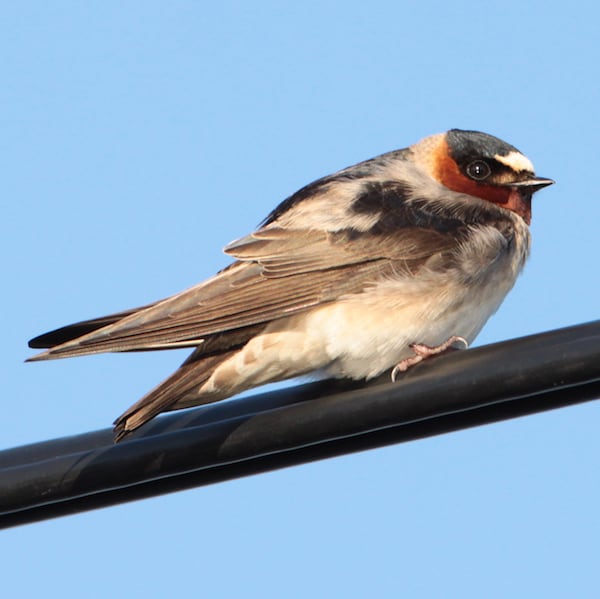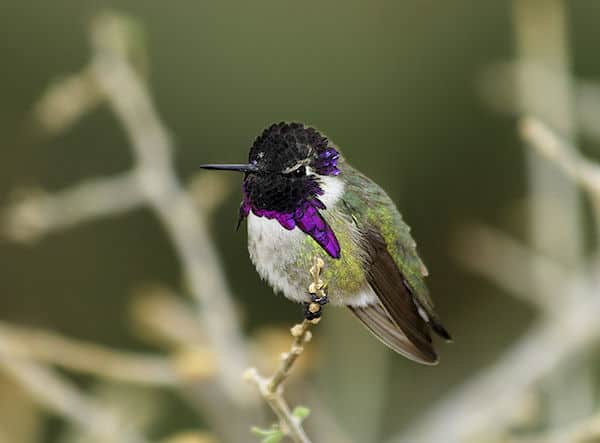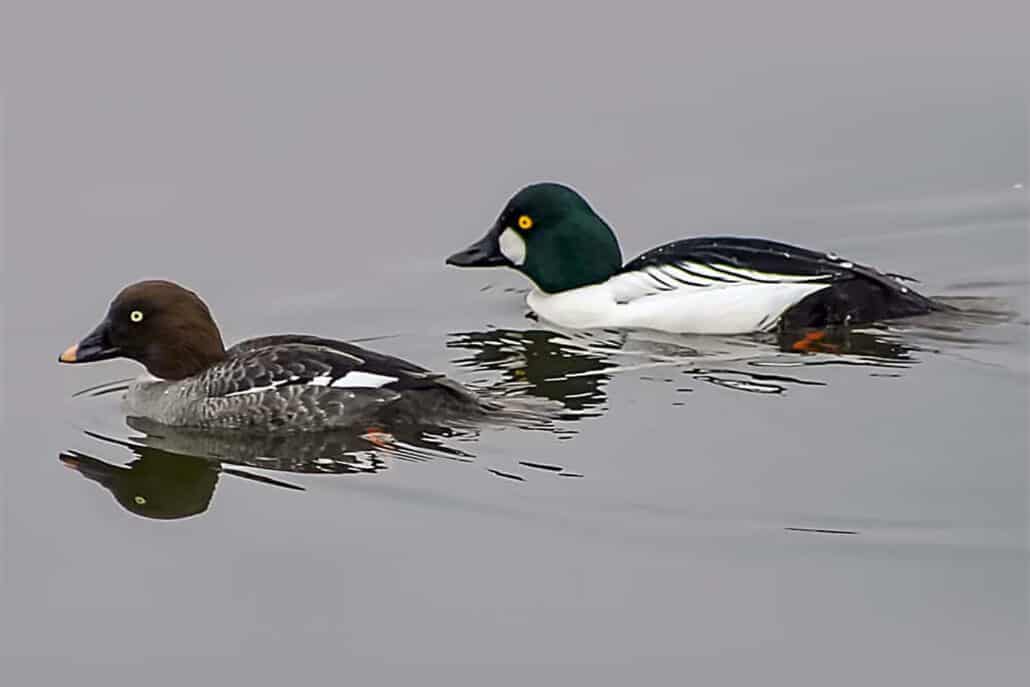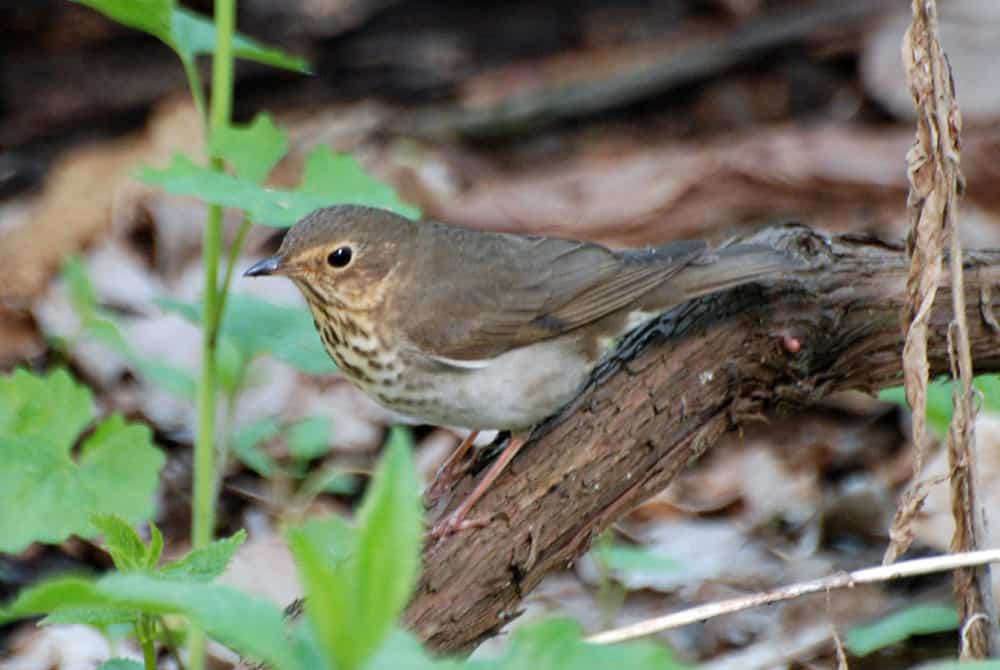Look For
The cliff swallow is small bird with a tiny, black beak and a short, squared-off tail. The adult cliff swallow has a bluish-black back and crown with a dull yellowish-white patch on its forehead. It has a copper-red face, off-white underparts, and brown wings and tail. It also has a pale orange-brown rump and gray legs.
Listen For
The cliff swallow’s general call is a repetitious, unyielding twittering of chirr. An alternate call has the same tempo with a squeakier and more grating vocal quality.
Find It
The cliff swallow has an expansive, widespread breeding range that covers most of North America. It spends summer anywhere from Alaska all the way east to Quebec and down south throughout most of the United States, expect for Florida and surrounding southeastern states. They are most commonly found in the western half of North America and central Mexico.
It prefers to live in a vast array of different semi-open environments including cliffs, farms, lakes, prairies, canyons, foothills, residential backyards and more. It likes places near a reliable water source where it can gather mud to build its nest. The only place it isn’t commonly found is dense woodlands and deserts. In the winter, the cliff swallow migrates to most parts of South America from Venezuela down to northern Argentina.
Feeding Behavior
The cliff swallow feeds primarily on flying insects including beetles, flies, bees, moths, crickets and more. It feeds on the wing, gliding around open habitats and snatching insects mid-air. In some cases, the cliff swallow will also forage around small bodies of water including ponds and rivers and sometimes on the ground. The cliff swallow typically prefers to forage and feed in flocks sometimes numbering in the high hundreds and even a thousand or more.
Nesting Behavior
The cliff swallow usually builds its nest in a colony among dozens, or even hundreds, of nests are placed next to each other. The cliff swallow prefers to place its nest on a vertical surface including cliffs, sides of buildings, caves, bridges and more.
Both sexes work together to build the gourd or vase shaped nest out of dried mud. It typically has a bulbous chamber lined with grass and feathers with a small, round entrance. The female lays 3-6 eggs that are light pinkish-white with brown speckling. Both parents incubate the eggs 14 to 16 days before hatching. Both parents feed and care for the young before they leave the nest after 21 to 23 days.




